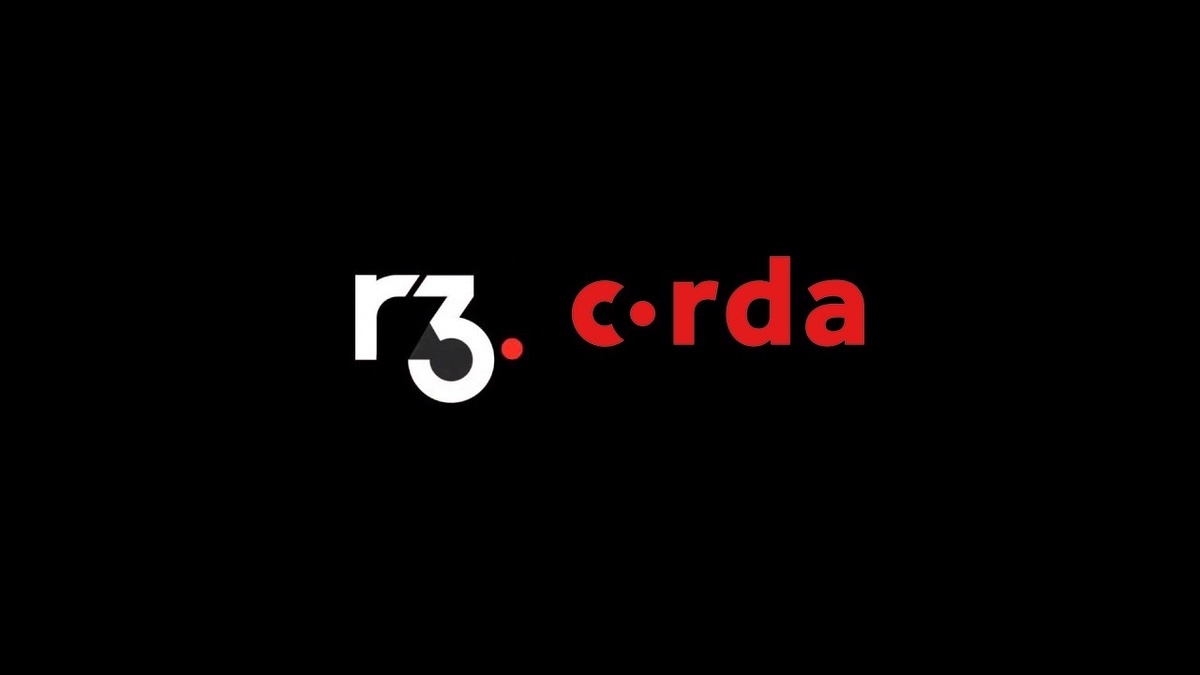Setting up and maintaining a robust and reliable R3 Corda network requires continuous monitoring and proactive troubleshooting. As with any distributed ledger technology, it is crucial to have effective monitoring and troubleshooting practices in place to ensure the smooth operation of the network. In this article, we will explore some valuable tips for efficiently managing and troubleshooting an R3 Corda network setup.
- Establish Comprehensive Monitoring: Implement a comprehensive monitoring system to keep a close eye on the health and performance of your R3 Corda network. Monitor key metrics such as transaction throughput, network latency, CPU and memory usage, and disk space. Utilize monitoring tools that provide real-time alerts and notifications to promptly identify any anomalies or potential issues.
- Monitor Node Health and Connectivity: Monitor the health of individual nodes in your R3 Corda network. Ensure that nodes are running without any errors or exceptions and that they maintain stable connectivity with other nodes. Regularly check the logs and metrics of each node to identify any potential issues that may impact the network's overall performance.
- Utilize Logging and Debugging Tools: Leverage logging and debugging tools provided by the R3 Corda platform to troubleshoot issues effectively. Enable debug logging for specific components or modules to gain insights into the network's behavior and identify potential bottlenecks. Analyze the logs to trace transaction flows, verify data integrity, and diagnose any errors or exceptions that may occur.
- Regularly Monitor and Validate the Ledger: Regularly monitor the integrity and consistency of the R3 Corda ledger. Validate the correctness of the ledger by comparing it across multiple nodes in the network. Implement periodic ledger audits to ensure data consistency and identify any inconsistencies or discrepancies that may arise.
- Implement Alerting Mechanisms: Set up alerting mechanisms to receive notifications for critical events or performance degradation. Configure alerts for scenarios such as network downtime, slow transaction processing, or abnormal resource utilization. Timely alerts will help you address issues promptly and minimize any potential impact on the network's operation.
- Regularly Update and Patch Nodes: Keep your R3 Corda nodes up to date with the latest software releases and security patches. Stay informed about the updates and improvements provided by the R3 development team. Regularly update and patch your nodes to leverage new features, enhancements, and bug fixes while ensuring the network's stability and security.
- Have a Troubleshooting Plan: Develop a comprehensive troubleshooting plan to guide your team in addressing network issues efficiently. Define clear procedures for identifying, diagnosing, and resolving common problems that may arise in the R3 Corda network. Document best practices and lessons learned from past troubleshooting experiences to streamline future resolution processes.
- Engage the R3 Corda Community: Tap into the R3 Corda community for support and guidance. Participate in online forums, developer communities, and user groups to exchange knowledge and learn from the experiences of others. Engaging with the community can provide valuable insights and tips for troubleshooting specific issues or optimizing network performance.
- Regularly Test Network Resilience: Conduct periodic network resilience tests to assess the network's capacity to handle stress and unexpected scenarios. Simulate various failure scenarios, such as node crashes, network partitions, or sudden spikes in transaction volume, to gauge the network's resilience and identify potential vulnerabilities. These tests will help you proactively address weaknesses and strengthen the network's overall stability.
- Invest in Training and Skill Development: Continuously invest in training and skill development for your team members responsible for monitoring and troubleshooting the R3 Corda network. Stay updated on the latest tools, techniques, and best practices in monitoring and troubleshooting distributed ledger networks. Building a skilled and knowledgeable team will significantly enhance the efficiency and effectiveness of your network management processes.
In conclusion, efficient monitoring and troubleshooting are vital for managing an R3 Corda network setup. By implementing comprehensive monitoring, utilizing logging and debugging tools, regularly updating nodes, and engaging the community, you can proactively identify and address issues, ensuring the stable operation of your R3 Corda network. Remember to develop a troubleshooting plan, conduct network resilience tests, and invest in skill development to build a robust network management practice.


No comments yet